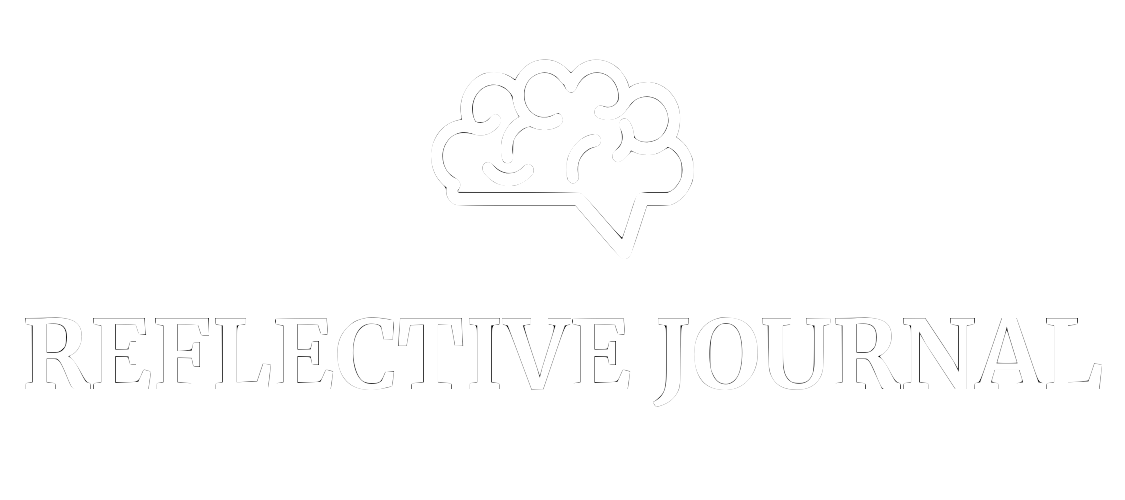Reflection 2
What are the risks to self and others in the digital environment, and what are schools doing about it?
Technology is a double-edged sword. With information widely accessible and infinitely storable, there is now a constant global exchange of ideas - both the best and worst of mankind. How we choose and interpret these ideas from the digital environment becomes an evergrowing important part of schools today.
As mentioned in a TED Talk from this unit, the current state of technological development isn’t slowing down - it’s speeding up (Widman, 2019). On the positive side, technology can help improve social skills as it allows people to see vastly different perspectives and critically think for themselves. On the negative side, technology comes with risks where people can hide their identity and act maliciously. This can create legal, ethical, and social issues in the digital environment, including but not limited to privacy, copyright and hacking.
I realise the more developed our technology becomes, the less control and understanding general society has around it. This fear of the unknown possibilities and risks is a new one, as previous generations did not have to worry about their cybersecurity. In most cases, there is no way to make the technology itself accountable for any mistakes it does - it is blamed on the person behind it.
In the education space, there are restrictions in place to minimise these risks. The Department of Education is taking measures to ensure ‘safe, responsible, and respectful use of digital devices’ through data security improvements, changes in staff procedures, and even as banning mobile phones in some schools altogether (NSW Department of Education, 2025). Even at a tertiary level, there are cybersecurity courses available, and plagiarism and AI checkers to minimise copyright and privacy issues.
Although most of these measures can address the risks of the digital world, I’ve come to realise eliminating mobile phone usage at school in particular may be counterintuitive in protecting children. Just like how PDHPE classes teach about how to keep your body healthy, online security classes should be equally as important. Research shows that older Australians are much more vulnerable to sophisticated financial scams (COTA Australia, 2025). Thus, I believe educating students about all types of digital risks should be a very high priority. Without sharing this knowledge, technology will only become more unfamiliar to the general public, creating more opportunities for malicious users to capitalize on. Keeping all members of the school environment up-to-date about these risks, including the children, would bring awareness to these risks, enhance digital literacy and offer safer online interactions outside of school.
I believe technology is beneficial as a whole for humanity, however it is important to use them not as a solution to our problems, but think of it as a tool to make better decisions. For schools, constant regulation and spreading knowledge on ways to stay safe online should be just as important as how we have health classes and monitor schooltime breaks in schools. As a society, the more transparency and collaboration we have in the digital landscape, the less we can minimize risks to ourselves and others.
References
COTA Australia. (2025). Scam action working, but more needs to be done to protect older Australians. https://cota.org.au/news/scam-action-working-but-more-needs-to-be-done-to-protect-older-australians/
NSW Department of Education. (2025). Digital devices in NSW schools – policy and procedures. https://www.nsw.gov.au/education-and-training/digital-citizenship/teaching-and-learning/digital-devices-nsw-schools
Widman, S. (2019). Technology, the best or worst thing for education. TEDxYouth@BSPR. https://www.ted.com/talks/scott_widman_technology_the_best_or_worst_thing_for_education
My Reflective Journal - Honghao Chen - EDES104
Statement of Academic Honesty: all the work contained within the reflective journal is my own, except where appropriately referenced.
